The Definitive Guide To Nissan's Forgotten S-Chassis Cars
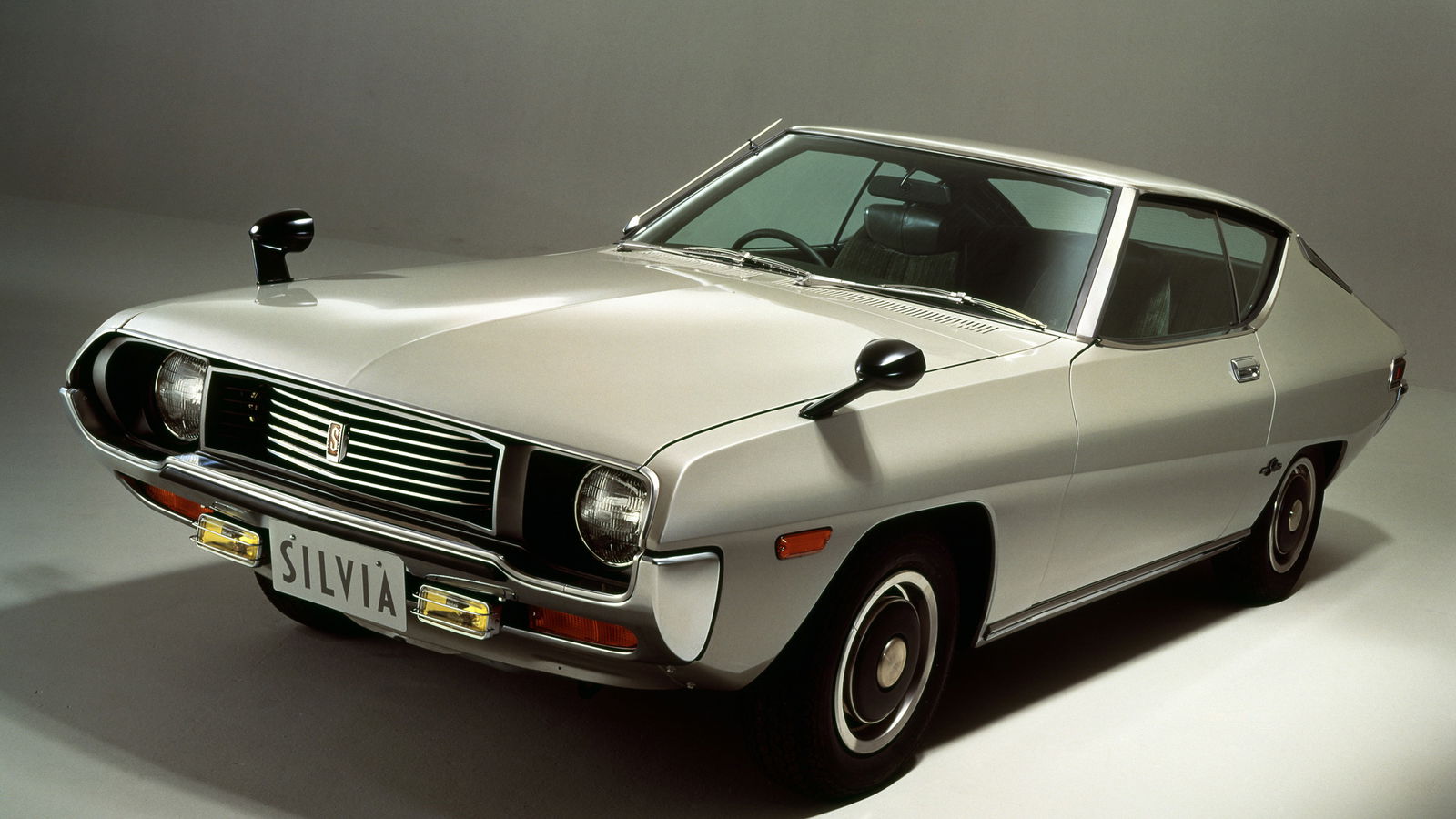
How do you count to 15? Do you start at 13? I didn’t think so. Why then does the petrolhead community focus so exclusively on the S13, S14, and S15 cars in Nissan’s S-chassis family? Three, arguably four generations of that beloved platform came before the 1988 introduction of the S13. Where are they now? Why aren’t they skidding around drift days, glinting glamorously in photo shoots, or descending en masse on Japanese car shows?
To fully understand, here’s a complete run down of everything that came before the S13…
CSP311 (1965 - 1968)
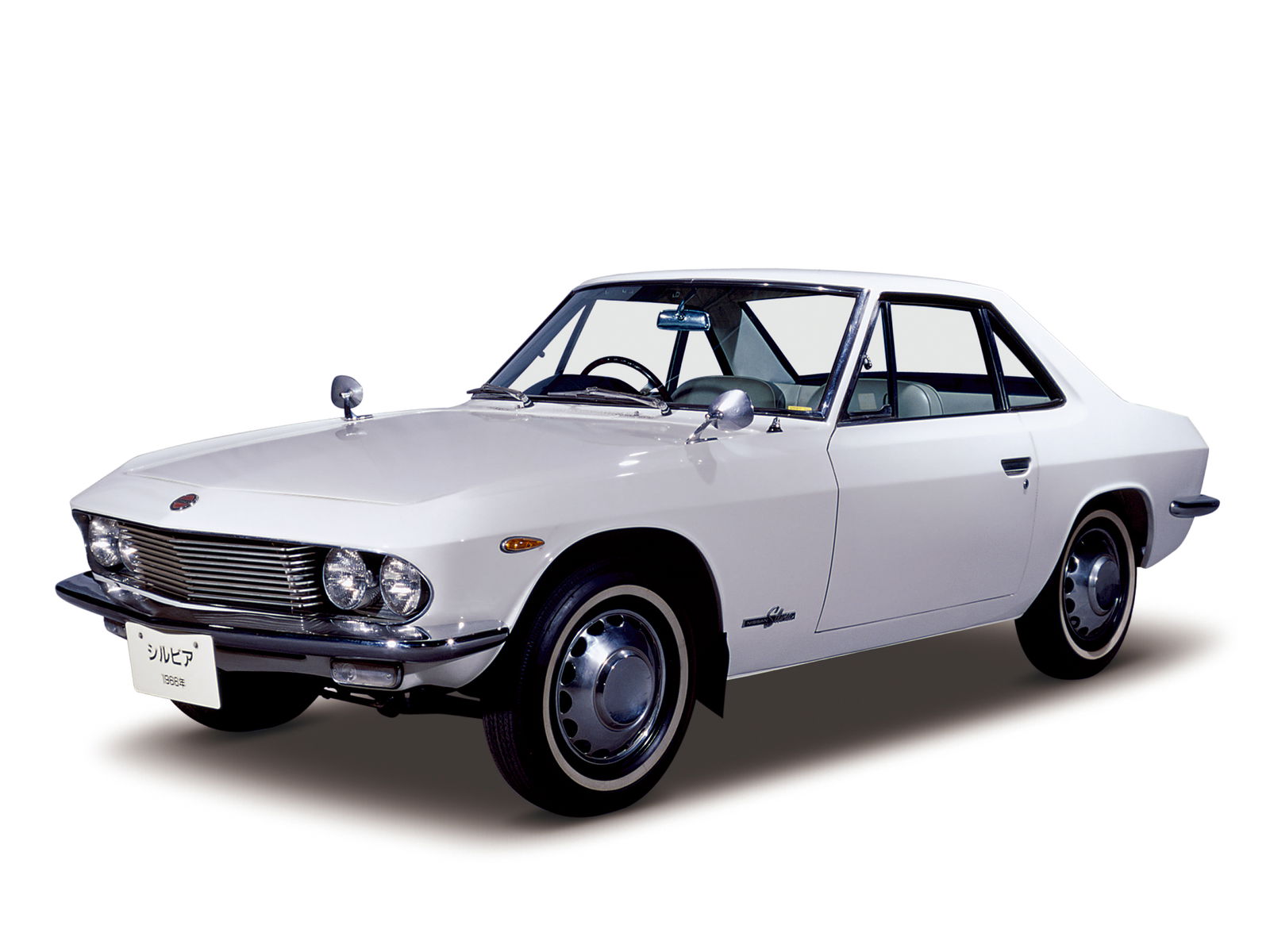
The first Nissan to carry the Silvia nameplate was the rather fetching CSP311 coupe introduced in 1965. Fewer than 600 of these cars were built, completely by hand, between 1965 and 1968. While this beautiful little coupe holds a special place in Nissan history thanks to its Silvia badge, it has no home on the S-chassis family tree, as it’s not a true S-platform car.
Still, it’s nice to know where the nameplate began. Anyway, moving swiftly on…
S10 (1975 - 1979)
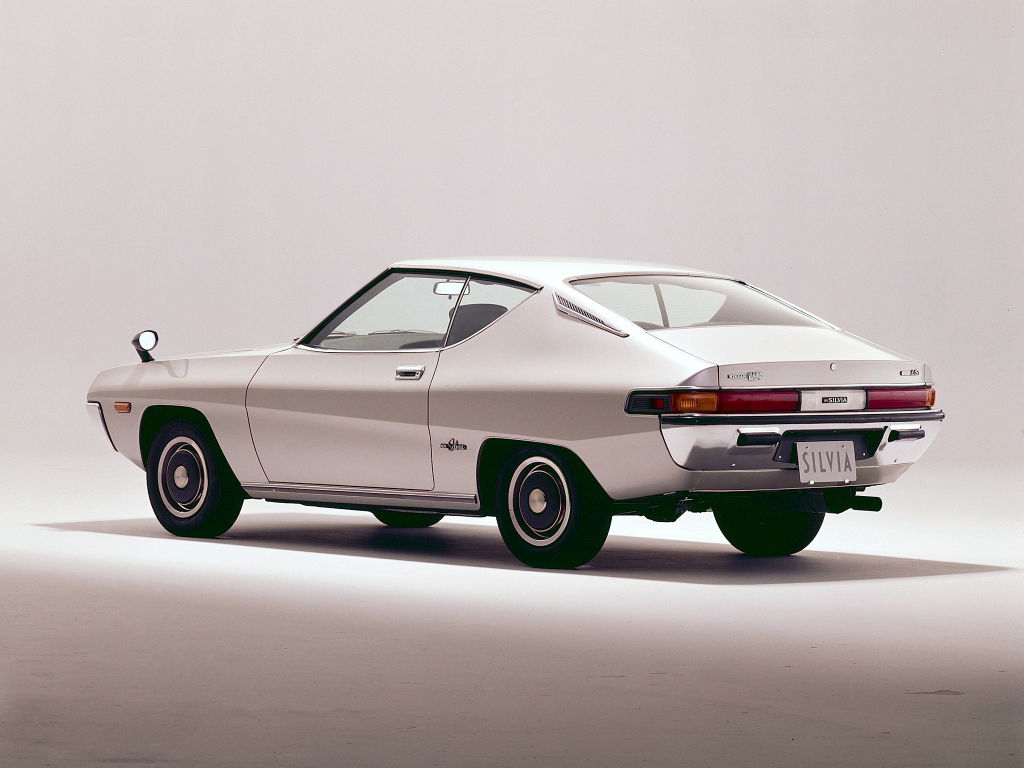
The story begins in 1975 with the S10 Silvia, a new sporting coupe based on the Sunny/Datsun B210 but packing a more powerful engine, the 1.8-litre, single overhead cam L18B, good for some 90bhp. The S10 was no instant classic like the CSP311 or the Nissan Fairlady Z, which were both designed with the help of German maestro Count Albrecht Goertz, the man responsible for the BMW 503 (and he even had a hand in the original Porsche 911).
It was marketed as an economical sports car, but the S10 couldn’t handle the bends like the Z or the Datsun 510, the latter of which it shared a front suspension with. The handling deficit may be blamed on the leaf spring and live-axle setup out back.
The S10 received a mild facelift for 1977. That year it was introduced to the North American market as the Datsun 200SX, powered by an emissions-choked version of the 510’s L20B, which produced a bit less power than the L18B but had more low-end grunt.
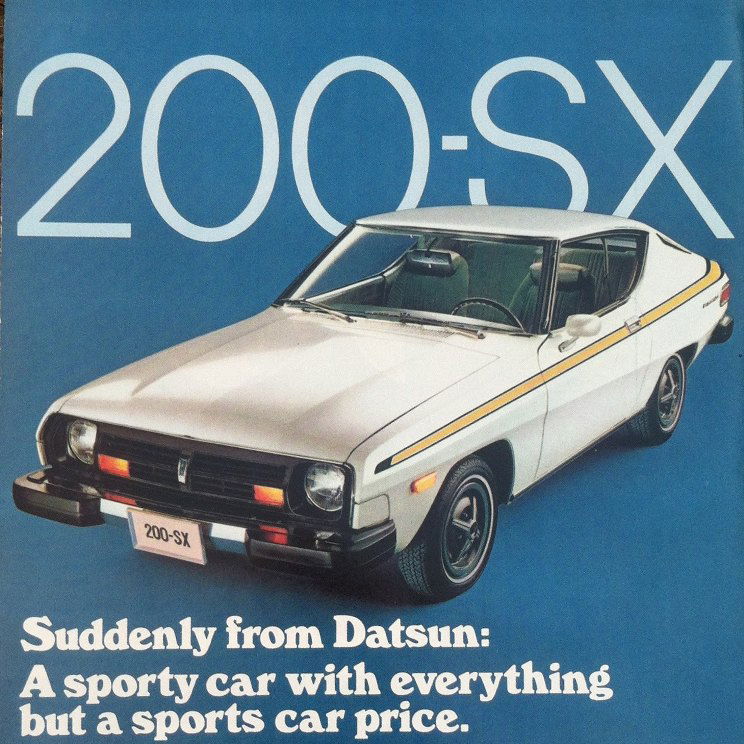
America’s hideous mandated 5mph impact bumpers positively mangled the S10’s cosmic baked potato looks, but the car sold well anyhow. It was the height of the first big gas crisis, and Japanese cars were being snapped up left, right and centre thanks to their frugal engines.
Enthusiast owned, modified S10s are almost impossible to find in the wild or even in the endless fathoms of the Internet, but there are some out there. The S10 just wasn’t much of a performer.
That didn’t stop Paul Newman (yes, the movie star Paul Newman) from piloting an IMSA B-production 200SX in 1977 for Bob Sharp Racing, and in the process proved that the right livery can even make a space potato look ready to scrap.

In ‘78, Newman ditched the S10 for a 280Z, and Nissan ditched it to focus on a new and improved version of the S-chassis for the 1980s.
S110 (1979 - 1983)
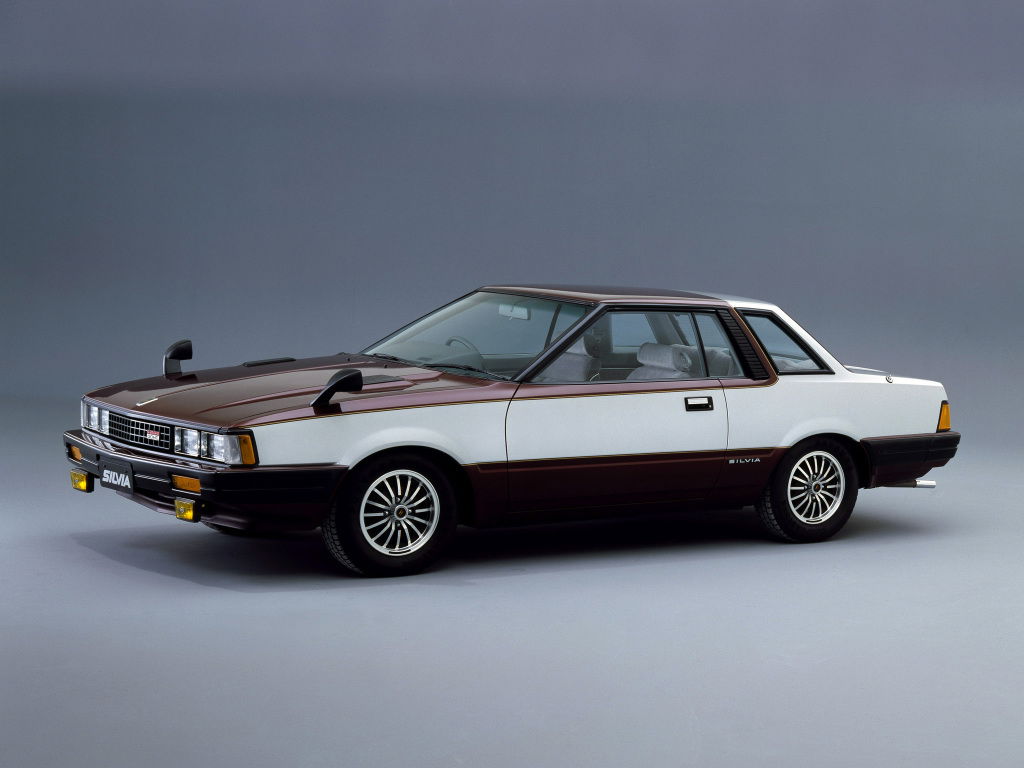
The aesthetic of the 1980s is perfectly summed up by Huey Lewis and the News’ 1986 hit single “Hip to Be Square.” Nissan embraced this maxim in a big way with the design of the S110 Silvia, introduced in 1979.
The S110’s lines were as far away from the old cosmic baked potato as possible. This wasn’t necessarily good. The S110 would be in with a solid chance of winning Dullest Looking Car of All Time. Look up “ennui” in the dictionary and you’ll find a picture of an S110 Silvia in both coupe and three-door liftback forms.
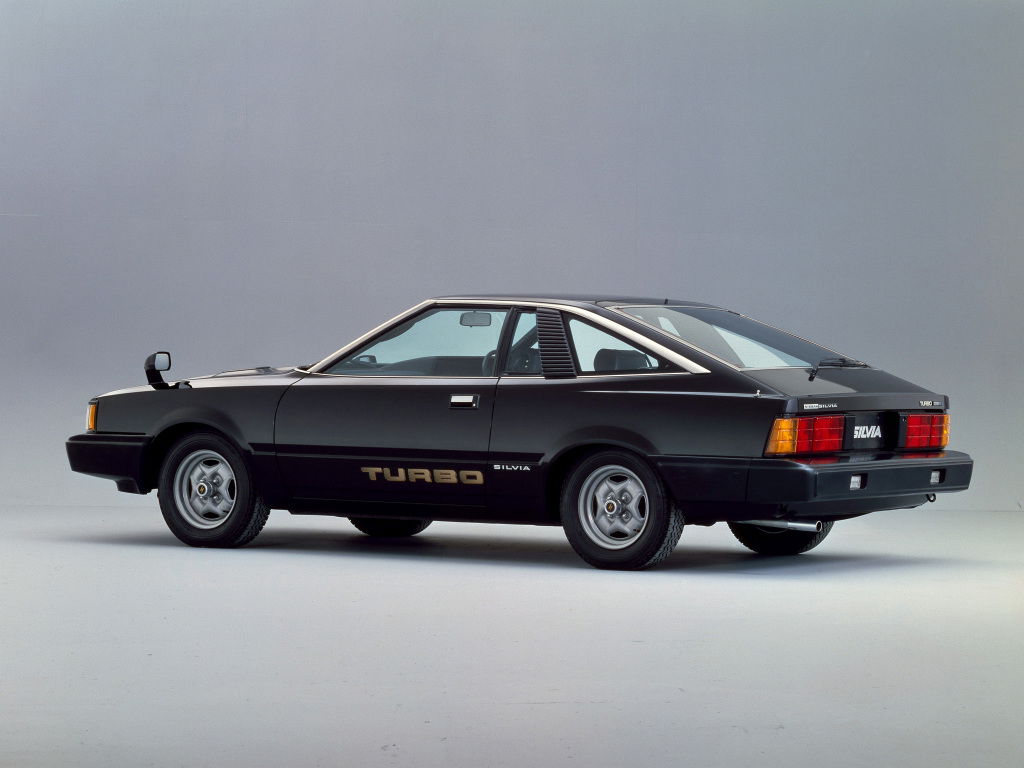
But mechanically, things were starting to get exciting for the fledgling S-chassis. Most early S110 cars - sold as both Silvia and Gazelle in most markets, 200SX in the U.S. and Canada, 180SX in parts of Europe, and Sakura in Mexico - came equipped with the carbureted L20B, a holdover from the S10. Naturally, the Japanese market received a few more inspiring motors, most notably including the 135bhp fuel-injected single overhead cam Z18ET, the first turbocharged heart in the S-chassis.
Nissan really stepped up its under-hood game in 1982 with the introduction of the 150bhp fuel-injected 2.0-litre 16-valve FJ20E to the Japanese market S110. The FJ20 was developed specifically for the DR30 Skyline, but Nissan honchos wouldn’t support developing a motor for use in just one car, so the engine was modified slightly to fit in the S110; very good news for the S-chassis.
A larger, high-compression, and - believe it or not - carbureted version of the FJ20 motivated the hottest of Nissan’s production S110s, the rally-bred, box-flared 240RS.
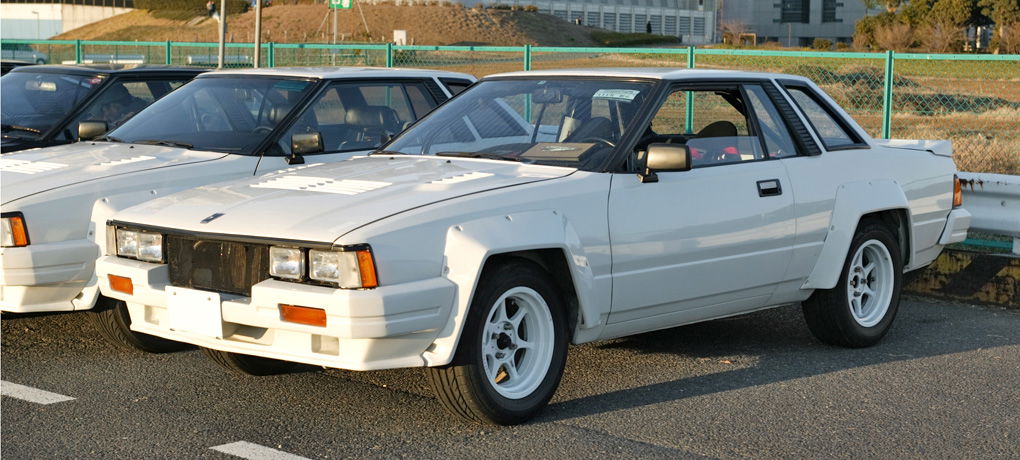
Nissan built 200 road-going 240RS cars to satisfy FIA homologation requirements to compete in the infamous Group B rally program in 1982 and 1983. Nissan’s approach to Group B was a novel one. Not in that the car was RWD; Audi had only just shown the world what AWD was capable of in the world of rally racing. But naturally-aspirated motors were swiftly going the way of the dodo, and fuel injection had become all but ubiquitous at this point. Strange, then, that Nissan chose a naturally-aspirated 2.4-litre, 240bhp (275bhp in evolution form) version of the FJ20 running twin Solex 50mm carburetors for its official Group B entry.
Nissan’s keep it simple stupid 240RS performed respectably for what it was and what it was up against by managing a second place finish at Rally New Zealand in 1983, but it was outclassed from day one.
While it’s far from a production car, it would be a sin not to mention Nissan’s nuts “Super Silhouette” S110 Silvia racers in this write-up. These cars inspired an entirely new automotive subculture in their native Japan. Can you guess which one?
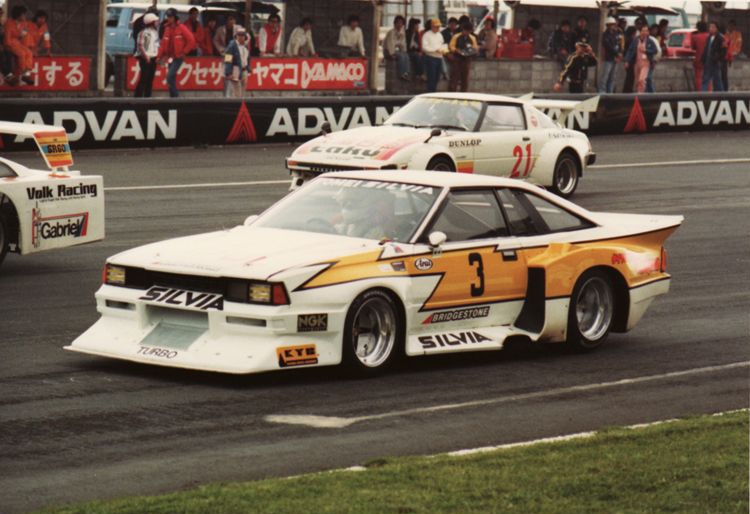
Rules for the FIA Group 5-based Fuji Grand Championship Series were pretty laissez-faire. Competition cars only had to use the same engine architecture as their production counterparts and retain the same silhouette, hence the “Super Silhouette” name. The S110 Super Silhouette racers, as well as the S12 successors, utilised Nissan’s race-only turbocharged 16-valve LZ20B tuned to some 560bhp, which was more power than the Formula 1 motors of the day were making. Power like that in a 2300-pound tube-framed car required serious downforce, and that’s exactly what the Super Silhouette cars received. This era came to a close in 1983 after four short years of competition, but one need only look toward the over the top styling of the Bosozoku car culture to see how deeply the series affected Japanese culture.
S110s are a little less difficult to find in the wild/on the web than their predecessors, but not by much. We’ll stack this up to the car’s ecstatically boring appearance. The only reason I can imagine someone would want to obtain one of these cars - excluding the 240RS, and good luck with that, pal - is to get their hands on an FJ20. But then the turbocharged FJ20ET was available in the much more exciting S12 platform, so let’s get on with that, shall we?
S12 (1983 - 1988)
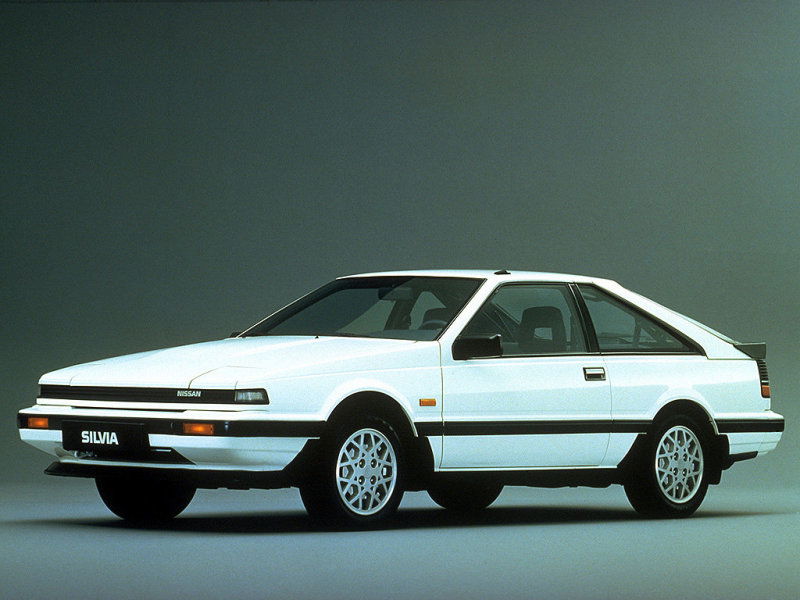
In 1983, Nissan finally decided to go full sports car with the S-chassis - pop-up headlights! The addition of those popular peepers is one of many reasons amateur petrolheads often confuse the S12 with Toyota’s venerable AE86, introduced in the same year.
Like the Hachiroku, the S12 was available in coupe and three-door liftback flavours. It also utilised a similar live-axle rear suspension setup. But, for some reason, the eight-six became a legend while the S12 was all but forgotten. Puzzling, as across its five-year production span the S12 was available with two different highly tuneable turbocharged power plants, the sublime FJ20ET, and the pretty damn good CA18ET. Maybe the S12’s roughly 2700-pound curb weight compared to the AE86’s 2300 had something to do with it?
Regardless, the S12 is unquestionably the best of the non-homologation pre-S13 S-chassis cars. It came badged as Silvia and Gazelle in Japan, Gazelle in Oceana, Silvia in Europe (but 180ZX in Sweden for some reason), and 200SX in North America. As per usual Japan got the good stuff. Actually, wait a minute… the 200SX liftbacks were available with the single overhead cam 1.8-litre turbocharged CA18ET from the first export year (1984) to 1986 in the US. Woah, that sort of thing doesn’t happen very often.
Despite what all your drifter buddies tell you, Nissan did, in fact, import a turbo S-chassis car to the US. Sure, it made a scant 120bhp, but USDM turbo S-chassis, bruh! Unfortunately for Nissan, us ‘Muricans like our power where Lil’ John likes his… uhh… dancing: down low. So Nissan dropped the 200SX turbo in ‘86 in the US and introduced the 200SX Sports Edition, a slightly more aggressive-looking liftback powered by the 3.0-litre, 160bhp VG30E V6, the same engine found in the non-turbo Z31 300ZX.
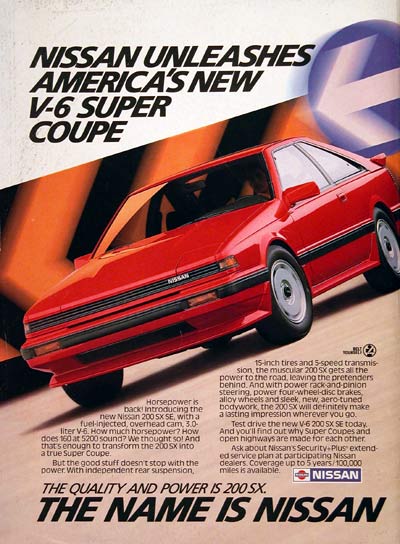
The Japanese market, of course, really did receive the very best S12s: the 188bhp FJ20ET-powered Mk1 Silvia and Gazelle Turbo RS-Xs, and the 143bhp CA18DET-powered Mk2 Silvia Twincam Turbo RS and RS-X models, all available in both coupe and liftback flavours.
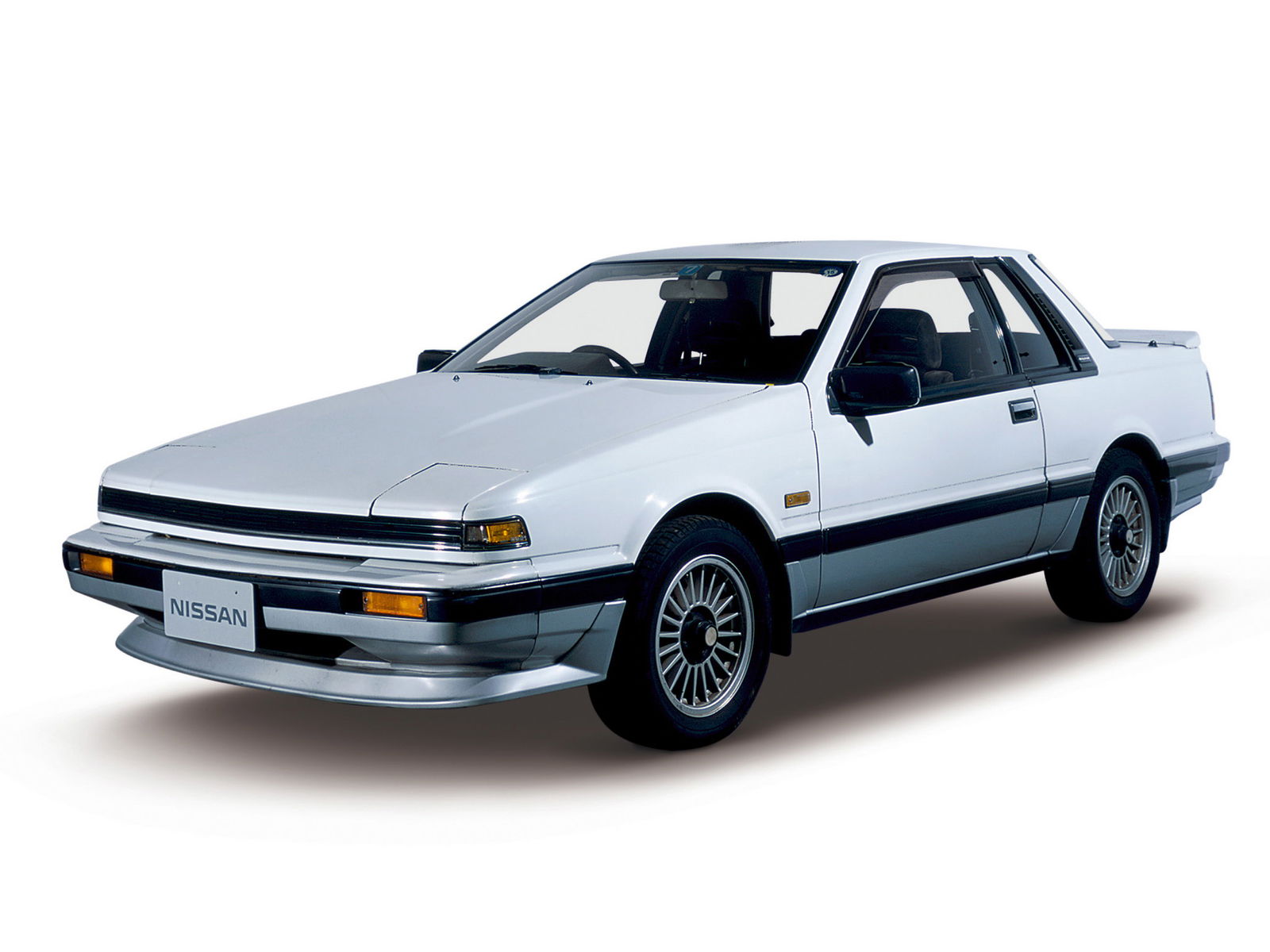
The rarest and arguably coolest S12 ever to leave the Nissan factory was curiously only available in Germany and Switzerland. The extremely limited edition Mk1 Silvia Grand Prix looks something like the lovechild of an S12 and a Mitsubishi Starion.
Nissan’s intentions with this vehicle are lost to history, but based on the aggressive boxed flares and the countries selected to receive the car it appears the GP was built to appeal to rally fans. One might expect then that the GP had an FJ20ET or CA18DET under the hood, but this wasn’t the case. Most GPs came with the 150bhp FJ20E, and a few came with the 120bhp CA18ET. Rumour has it only 50 Silvia Grand Prix models were built, but the actual production number is unknown.
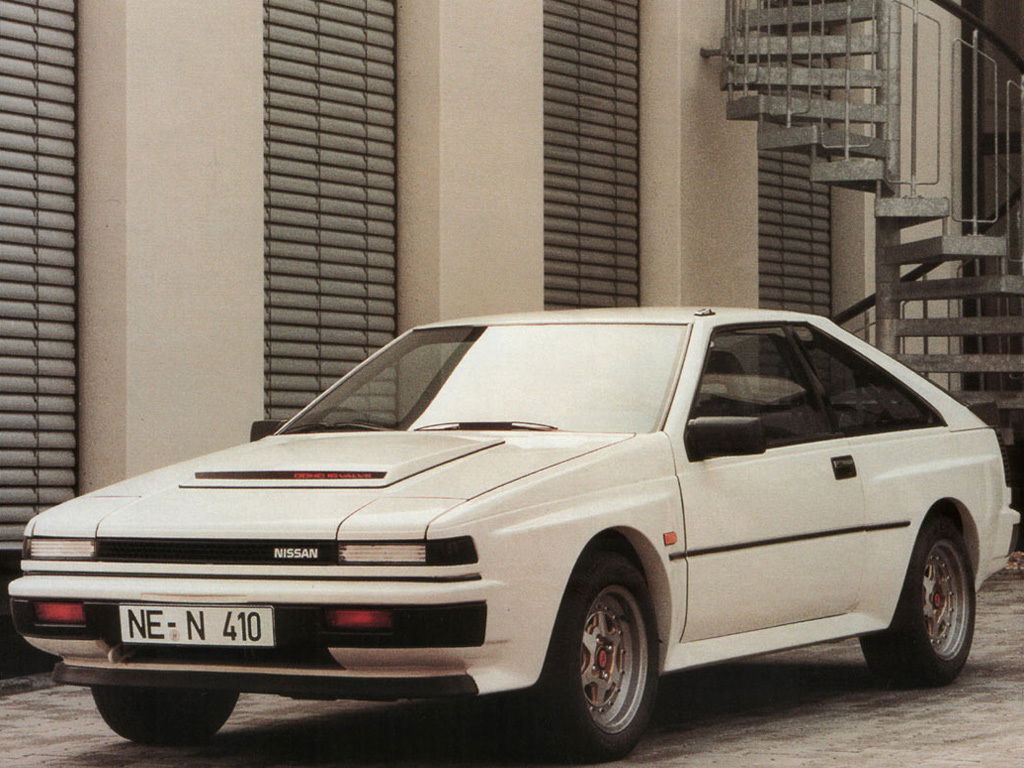
The specs of Nissan’s works rally S12 deepens the mystery of the Grand Prix edition. The S12 Silvia 200SX rally cars campaigned from ‘87 to ‘89 did not feature the boxed flares of the GP model, built in ‘86. Nor did they utilise the F20E or CA18ET. Curiouser and curiouser…
Like the 240RS before it, Nissan’s S12 rally car was an odd entry. 1986 was the last season for the murderous Group B class, leaving the Group A class to pick up where it left off. While Group A featured nearly as many winning RWD cars as AWD cars from ‘87-‘89, most of them were motivated by turbo four-cylinders. The rally-spec S12, however, featured the naturally-aspirated V6 VG30E tuned to roughly 250bhp.

The VG30E probably wasn’t Nissan’s first choice for rallying, but the FIA’s Group A homologation guidelines at the time required the sale of 5000 production cars utilising the same chassis and engine architecture. Even in Japan, sales numbers for FJ20ET cars weren’t high enough to meet those requirements. But over in the US-of-A the V6-powered 200SX SE was a hit - at least enough of a hit for Nissan to take the S12 rallying.
Podium finishes were few and far between for the S12 rally car. 1988 proved Nissan’s year, with the S12 nabbing second and third in the Safari Rally and winning the Rallye Côte d’Ivoire outright. It was a good way to end the five-year reign of the S12 chassis and usher in the S13, unveiled in May of ’88 for the ’89 model year.
Why are these S-chassis so obscure?

For many years there was essentially zero aftermarket support for the S10, S110, and S12 cars. Aftermarket parts are slowly showing up, mostly for the S12 chassis, thanks to increasing interest in Japanese classics over the past 10 years. Megan Racing, for example, sells coilovers specifically designed for the S12. It wasn’t too long ago that those looking to lower an S12 had to get creative with stock car springs and foxbody Mustang dampers. Even today, many tuned S12s lean heavy on modified S13 and Z31 parts.
What it comes down to is this: The S13 was immensely popular around the world, sold well, and was contemporary with an explosion of global interest in tuning Japanese cars. Because of this the aftermarket for S13 bloomed. It was a simple case of right place, right time. The S12, S110, and S10 cars weren’t so lucky. Sure, there have always been those hardcore petrolheads with a penchant for Frankenstein-engineering their own performance parts for cars like these (the RWD Volvo community is a testament to that), but most of us eschew cars without established aftermarket support for other models. This is why most JDM car fans start counting to 15 at 13. Can you blame them?










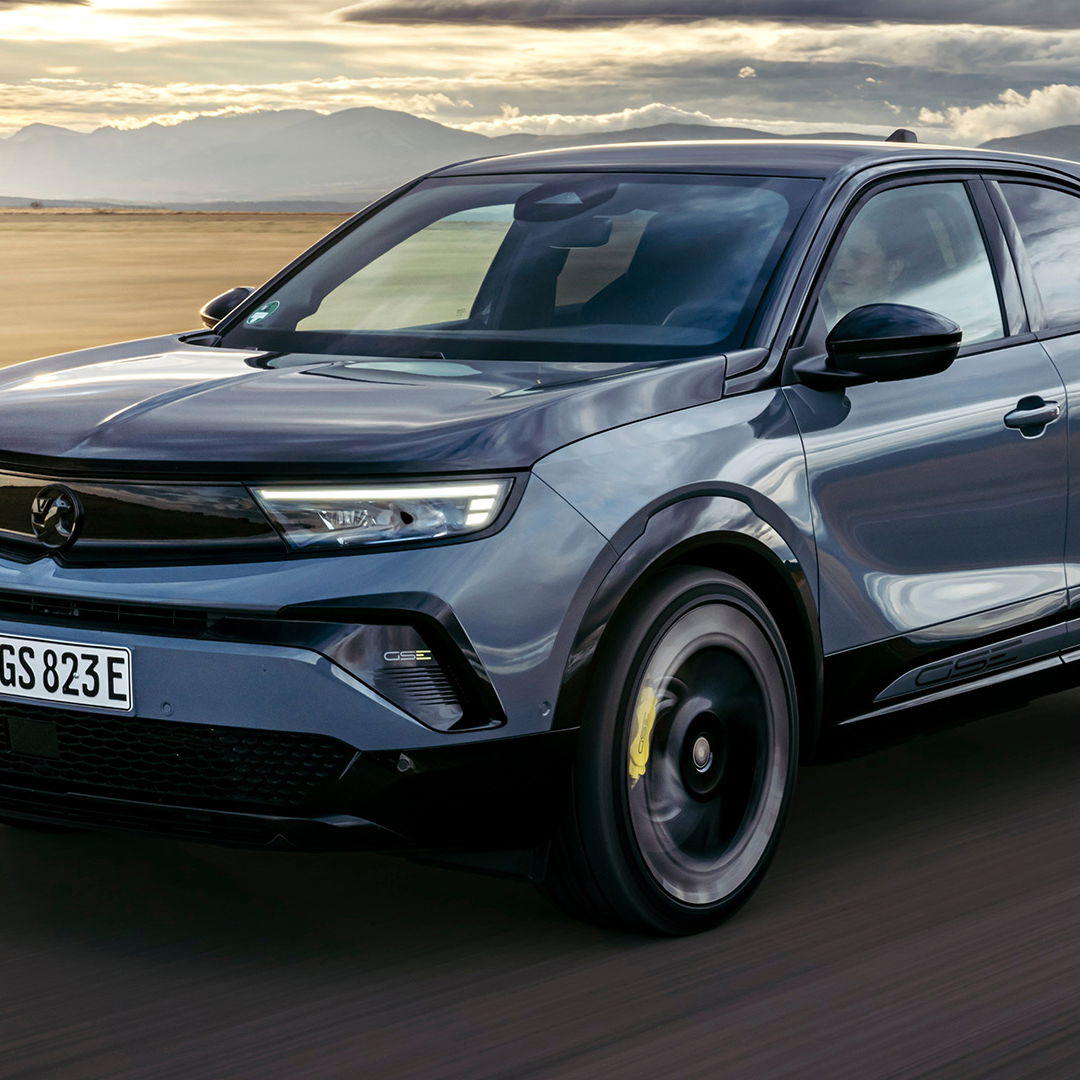
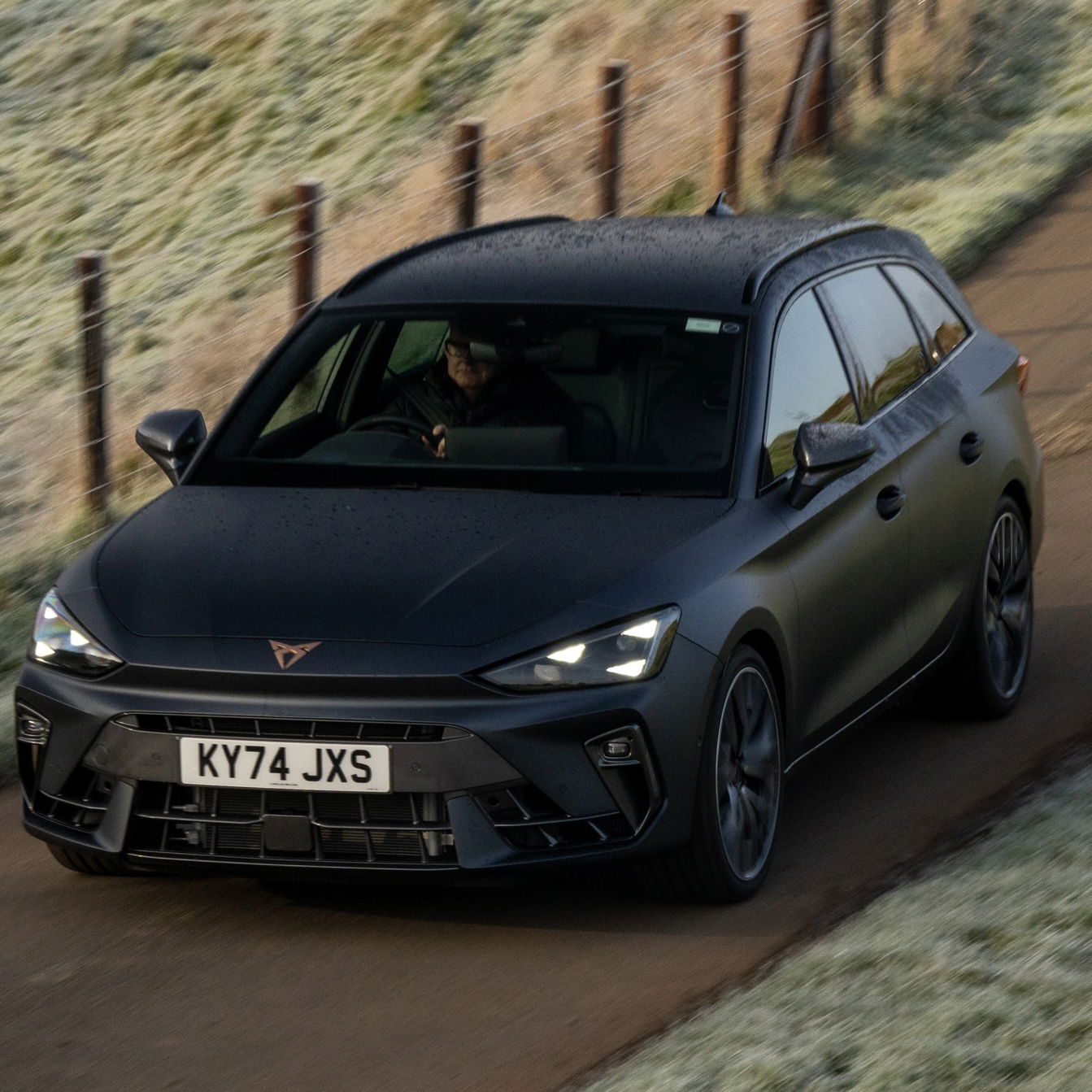
Comments
After this article I really want an S10, like, really want.
I must say I really enjoy my S110. Yes it is boxy, but that is what the 1980’s was all about. And I do agree that the design was lacking as it does look like an ordinary car. And it was very clear where Nissan was trying to make the ordinary car look like a sports car with its flared wheel arches and fake hood vents(on the US spec model at least). But at the end of the day, with the three door, you had lots of space for many things and you were still driving a two door coupé which let you have some fun. Albeit you don’t go very fast, but going fast in an older car is always a little scary.
(Note: I am biased towards the S110 as I grew up in it, but as an everyday car I think it is superb.)
http://3dtuning.stuner.net/
enjoying the theme of S chassi
S12 was earliest I knew.
Woo glad to see the S12 somewhere :) I love my S12.
nice read, one of the best articles ive ever laid my eyes upon on this site!
Glad to see someone took the time to put this info all together. I had done some research on the pre 13 s chassis cars once I purchased my s12 turbo car.Info on these cars is few and far between. I’ve been lucky in I’ve gotten to see each of them in person with the exception of the super rare original Silvia. My turbo is in need of of some cosmetic work so the original plan was to do a rally clone. But with the rarity and prices of classic jdm going through the roof it may be better off restored. I really would like to find a replacement for the voice box that tells you everything going on in the car, but I’m sure it’d get annoying after the first week.
Love seeing posts like this because it helps support the community. As a s12 owner I find getting bolt on performance parts to be a struggle. But then again its kinda cool to say you fabricated your suspension. Even the megan kit for s12 isnt bolt on, still have to do a s13 front conversion. But great post!
Am I the only one who thinks the s12 looks like an ae86?
These need more love especially the S12
Pagination